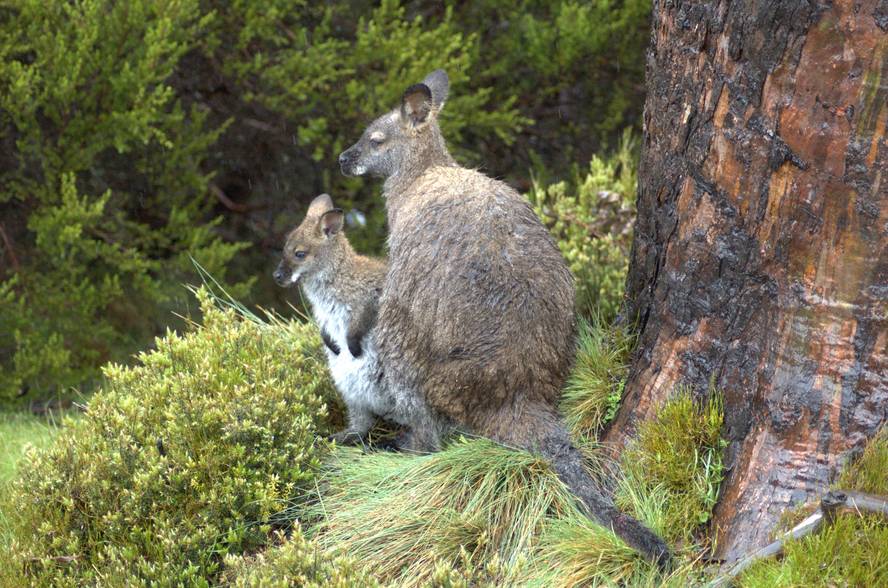They showed that Walabia milk has the function of lime
Taxonomists usually classify calcareous (or placental) and martsupial mammals separately. In fact, the fetus of kangaroos, walabis, and other marsupials does not develop within the womb. Now, however, they have seen that this distinction can be too demanding.
In fact, research at Standford University analyzes the germination of Macropus eugenii. The womb is very short for an animal of this size: just one month. He then spent a year in the mother's bag, developing and growing.
The researchers first studied the expression of the calcareous genes of walabi and compared it with two other species, the mouse and the female. And they saw that the gene expression at the end of the walabi's belly was very similar to that of two other species at the beginning of the belly.
Next, the genes expressed in walabi breaks were investigated and it was shown that those expressed in these glands and those expressed in lime at the end of the belly in other mammals are the same.
It follows that walbis also have all the ka, like other mammals. The only difference is that in evolution these structures have acquired a different aspect, but the gene expression and function of their organs are identical.






